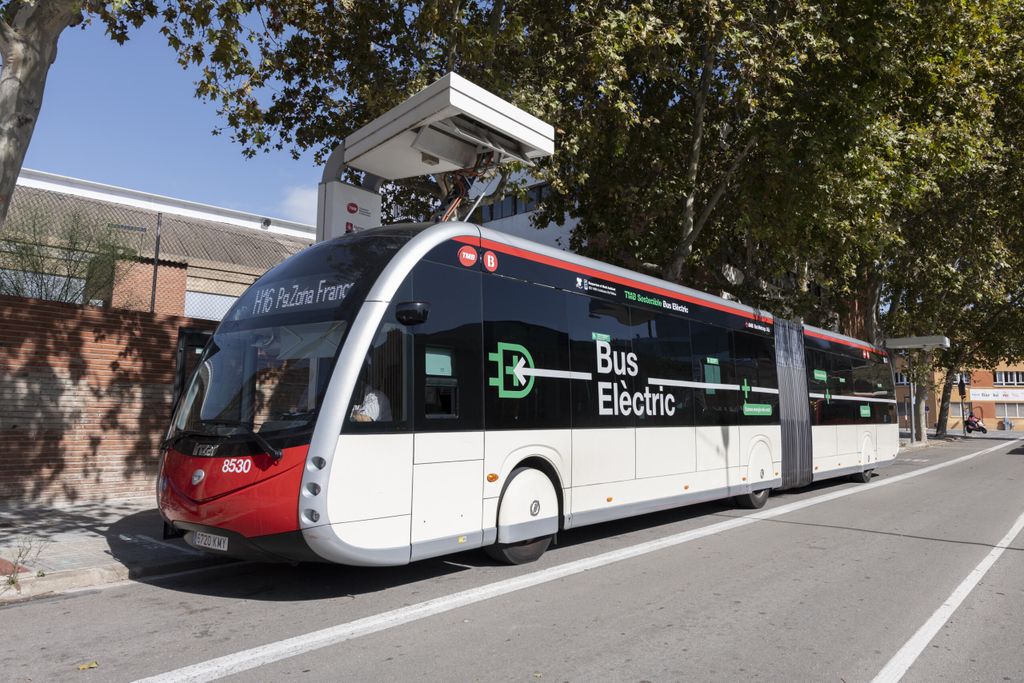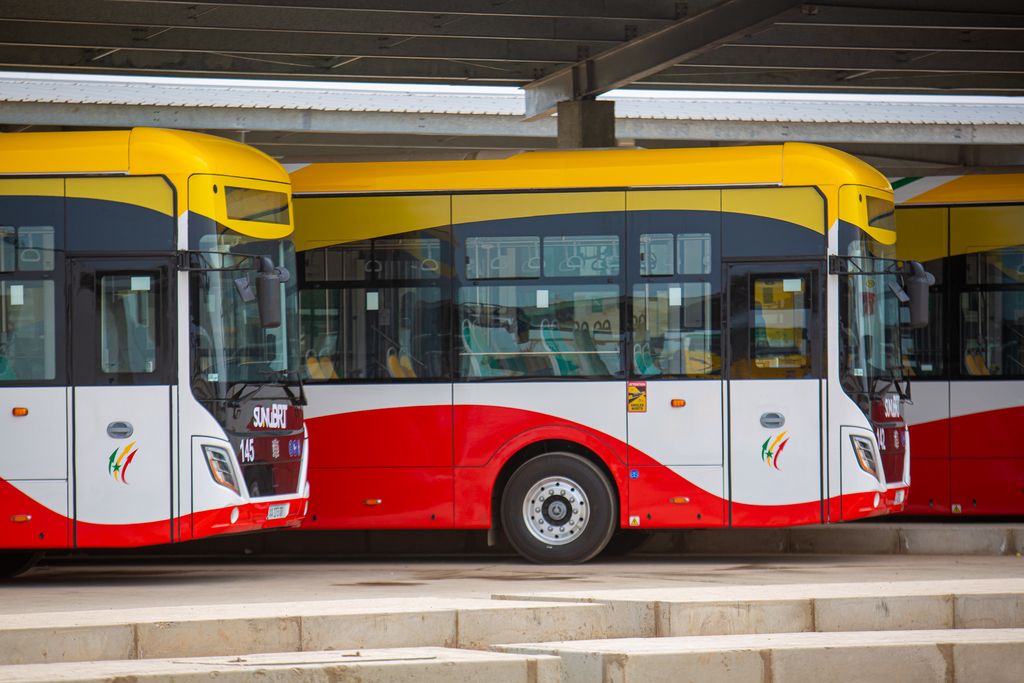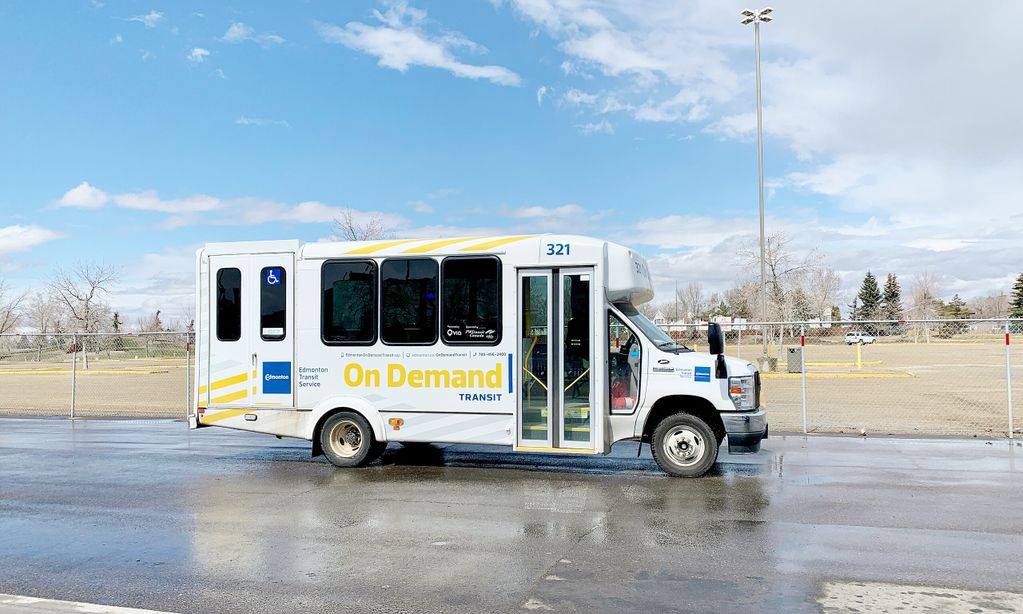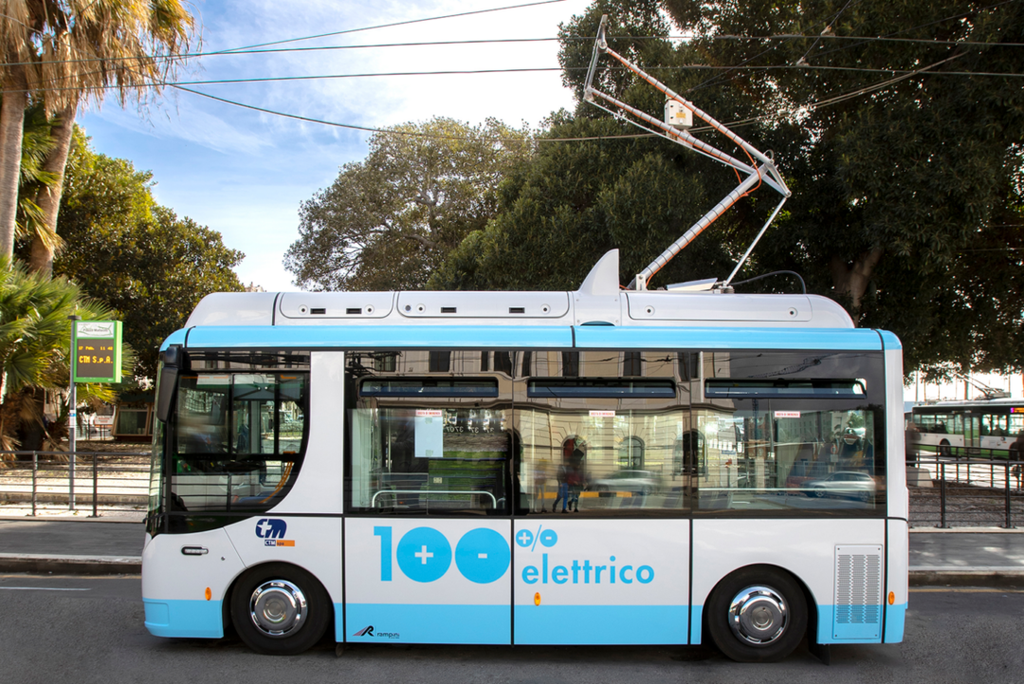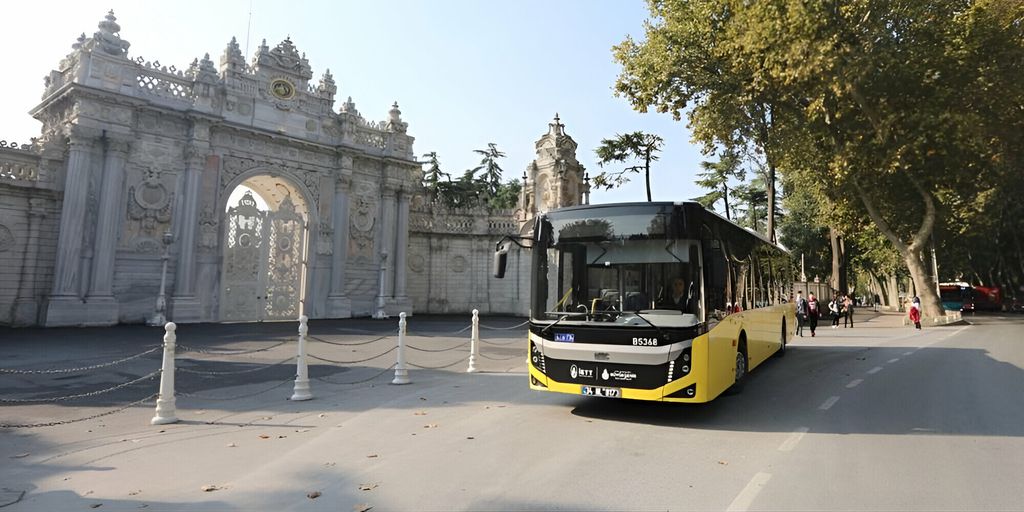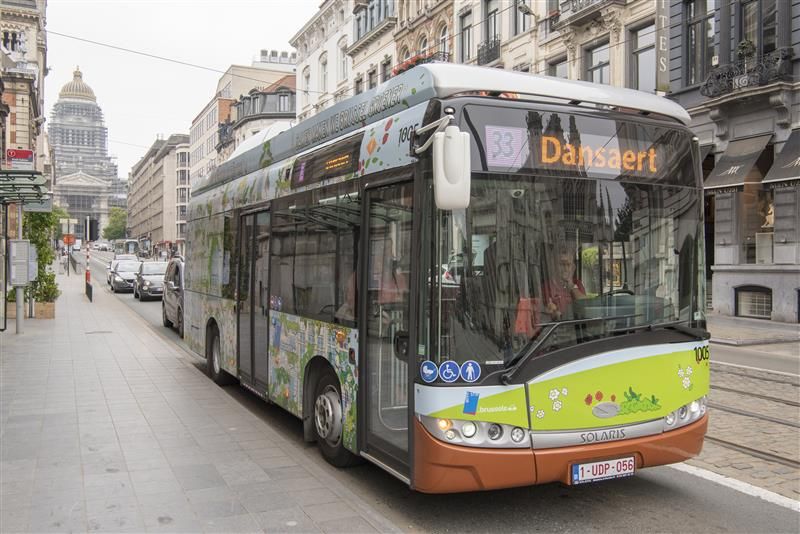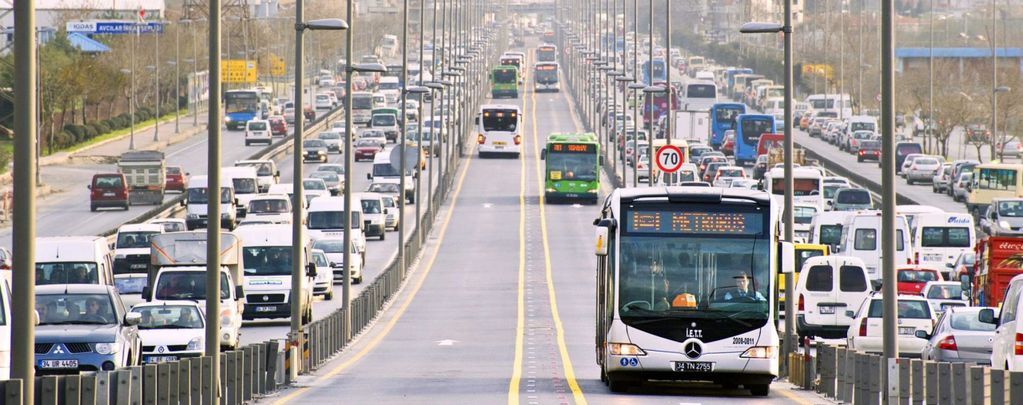
Transforming cities with bus rapid transit (BRT) systems
A catalyst for urban development
Bus rapid transit (BRT) systems consist of large buses that run on dedicated lanes and stop at well-defined stations, and include a technology that enables passengers to pay before boarding. UITP acknowledges that BRT is one of the biggest innovations the bus domain has ever seen because of the transformative effect they can have on cities in terms of congestion and air pollution.
Produced in collaboration with the Volvo Research and Education Foundations (VREF) and BRT+ Centre of Excellence (CoE), this BRT Report centres around the notion that there isn’t one magic formula to integrate BRT systems into the public transport network. Rather, implementation practice heavily depends on local conditions. Through the detailed analysis of 10 case studies from around the world and five guiding principles, the report is a UITP first in providing a comprehensive overview of BRT systems across the globe.
In Brazil, the first BRT emerged in 1974 in Curitiba. The strength of the system relies on the planning tradition of the city and the idea that public transport is key to urban development.
exclusive resources

